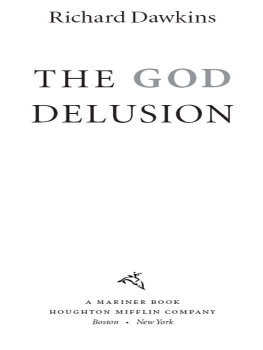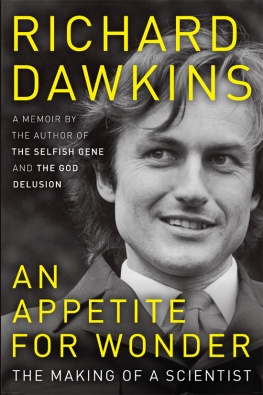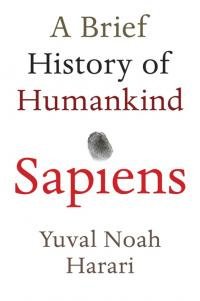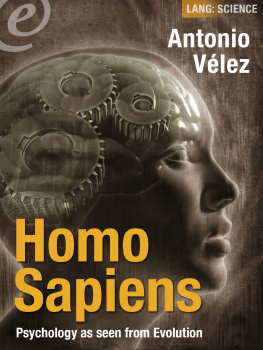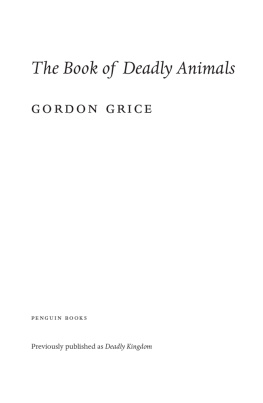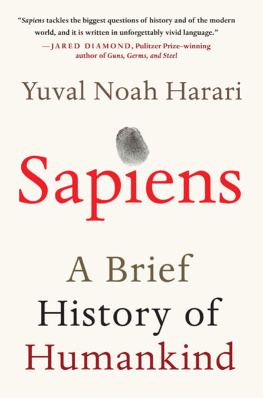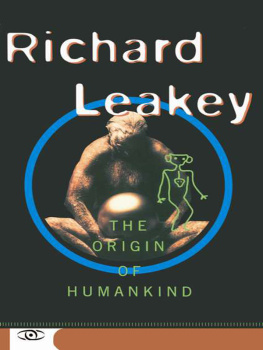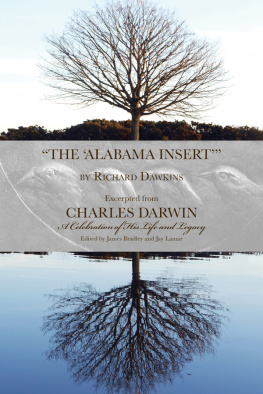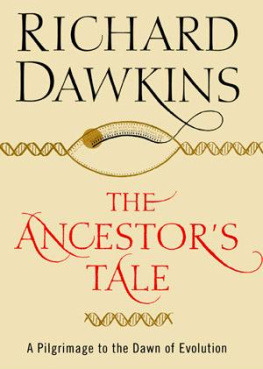
John Maynard Smith
(19202004)
He saw a draft and graciously accepted the dedication, which now, sadly, must become
In Memoriam
Never mind the lectures or the workshops; be blowed to the motor coach excursions to local beauty spots; forget your fancy visual aids and radio microphones; the only thing that really matters at a conference is that John Maynard Smith must be in residence and there must be a spacious, convivial bar. If he cant manage the dates you have in mind, you must just reschedule the conference... He will charm and amuse the young research workers, listen to their stories, inspire them, rekindle enthusiasms that might be flagging, and send them back to their laboratories or their muddy fields, enlivened and invigorated, eager to try out the new ideas he has generously shared with them.
It isnt only conferences that will never be the same again.
Contents
PREFACE TO THE SECOND EDITION
A decade after the first edition of this book was published, Yan Wong and I met in the fitting surroundings of the Oxford Museum of Natural History to discuss the possibility of producing a new, tenth anniversary edition. Yan, once my undergraduate pupil, had been employed as my research assistant during the writing of the original edition, before he left for his lecturing position in Leeds and his career as a television presenter. He played an enormously important part in the conception and execution of the first edition, and he was credited as joint author of several of the chapters. During the course of our discussion ten years on, we realised that much new information had come in, especially from the molecular genetics laboratories of the world. Yan undertook the bulk of the revision and I proposed to the publisher that this time he should be properly credited as joint author of the whole book.
The new research, fortunately, has not greatly changed the order of rendezvous points where pilgrims join the great trek to the origin of life which, following our Chaucerian conceit, we call Canterbury. One or two minor reversals will be discovered herein, along with a couple of additional rendezvous points and some changes of dating. In the first edition we took care to point out that different genes can be inherited through different routes. This has unexpected ramifications which are more fully explored in some new and altered tales for this edition. In particular, we provide a more specific definition of the dates quoted for each rendezvous, and take a more nuanced view of the genetic relationships between species. A single tree of life is a necessary simplification of the evolutionary processthis caution looms ever larger near our Canterbury climax, given the increasingly documented instances of horizontal gene transfer between our distant bacterial cousins.
The basic relationships between the millions of species of life on earth can now be depicted in a much more elegant fashion than in the first edition. James Rosindell, a previous collaborator of Yans from Leeds and now at Imperial College, London, has devised a superb way to represent enormous evolutionary trees using fractals. His marvellously explorable OneZoom visualizations are ideally suited to our pilgrimage through the tree of life. Static snapshots of these fractals enhance our presentation of each rendezvous point, and are the basis for the explorable online tree of life that accompanies this book, at www.ancestorstale.net.
Some new tales have been added, and others removed or modified and handed over to other pilgrims better suited to tell them. Yan had the inspired idea of using my genome (which in 2012 had been sequenced in its entirety for television purposes) to illustrate a fascinating new technique for reconstructing human demographic history using DNA from a single person. This has been incorporated into , along with similar analyses based on multiple human genomes.
The recovery of ancient genomes from fossils has radically reshaped our understanding of recent human evolution, upholding our previous surmise that Neanderthals and humans interbred, and has uncovered a previously unknown human subspecies. These Denisovans take over what was the Neanderthals Tale. To my great satisfaction, ancient DNA has also overturned the story of the elephant bird. Her moral is now recounted by the sloth, in a new tale. Additional tales have been prompted by ongoing releases of whole genome sequences from living creatures; it is extraordinary to think that such a rich source of information will be deemed commonplace by future students of nature. Here we count three new tale-tellers: chimpanzee, coelacanth, and humped bladderwort. In other cases, such as the gibbon, mouse and lamprey, increased genomic understanding has led to major revisions of previous tales, or occasionally new prologues or epilogues. Recent fossil discoveries have altered previous discussions (here we might count spectacular new Homo, Australopithecus and Ardipithecus discoveries), and have also sparked a new , a whimsical addition which was previously published as an article for the Guardian, written while I was on a small boat cruising the Galapagos archipelago.
Given the pace of new biological discoveries, it goes without saying that some of the material in this new edition may become superseded. Such is the way of science. Indeed, even in the few months before publication, several academic papers appeared which revealed major new deep branches on the tree of life. Strikingly, advances in DNA sequencing place todays naturalists in the strange position of having the full genomes of species that are otherwise almost entirely unknown. These creatures range from the human-like Denisovans at one end of our journey to various unculturable bacterial groups at the other. Who knows what future discoveries will reveal? Nevertheless, much of what we wrote in the first edition remains correct over a decade later. This surely bodes well for the vision of the natural world that we outline in these pages.
It is gratifying to see that the approach to phylogenetic questions which we tentatively adopted in the first editiontracing the family histories of genes independently of the bodies they sit innow underlies much of modern biology. It pervades many of the new sections in this new edition. I hope I may be forgiven for seeing it as yet another vindication of the genes-eye view which I have advocated through much of my professional life.
Any jointly authored book is placed in the awkward position of needing to establish a pronoun convention: singular or plural? I or we? The first edition used I throughout, and was indeed written from my point of view, including personal anecdotes and caprices. The publishers rightly judged that these would not sit well with a change to we, and advised us, for the sake of uniformity, to stick to the same I even in those chapters largely written by Yan. There are places, however, where the two of us wish to stick our necks out together, say over a particular point of theory or taxonomic technique. In such cases we have used we and really mean it.
R ICHARD D AWKINS
2016
ACKNOWLEDGEMENTS
I was persuaded to write this book by Anthony Cheetham, founder of Orion Books. The fact that he had moved on before the book was published reflects my unconscionable delay in finishing it. Michael Dover tolerated that delay with humour and fortitude, and always encouraged me by his swift and intelligent understanding of what I was trying to do. The best of his many good decisions was to engage Latha Menon as a freelance editor. As with
Next page

